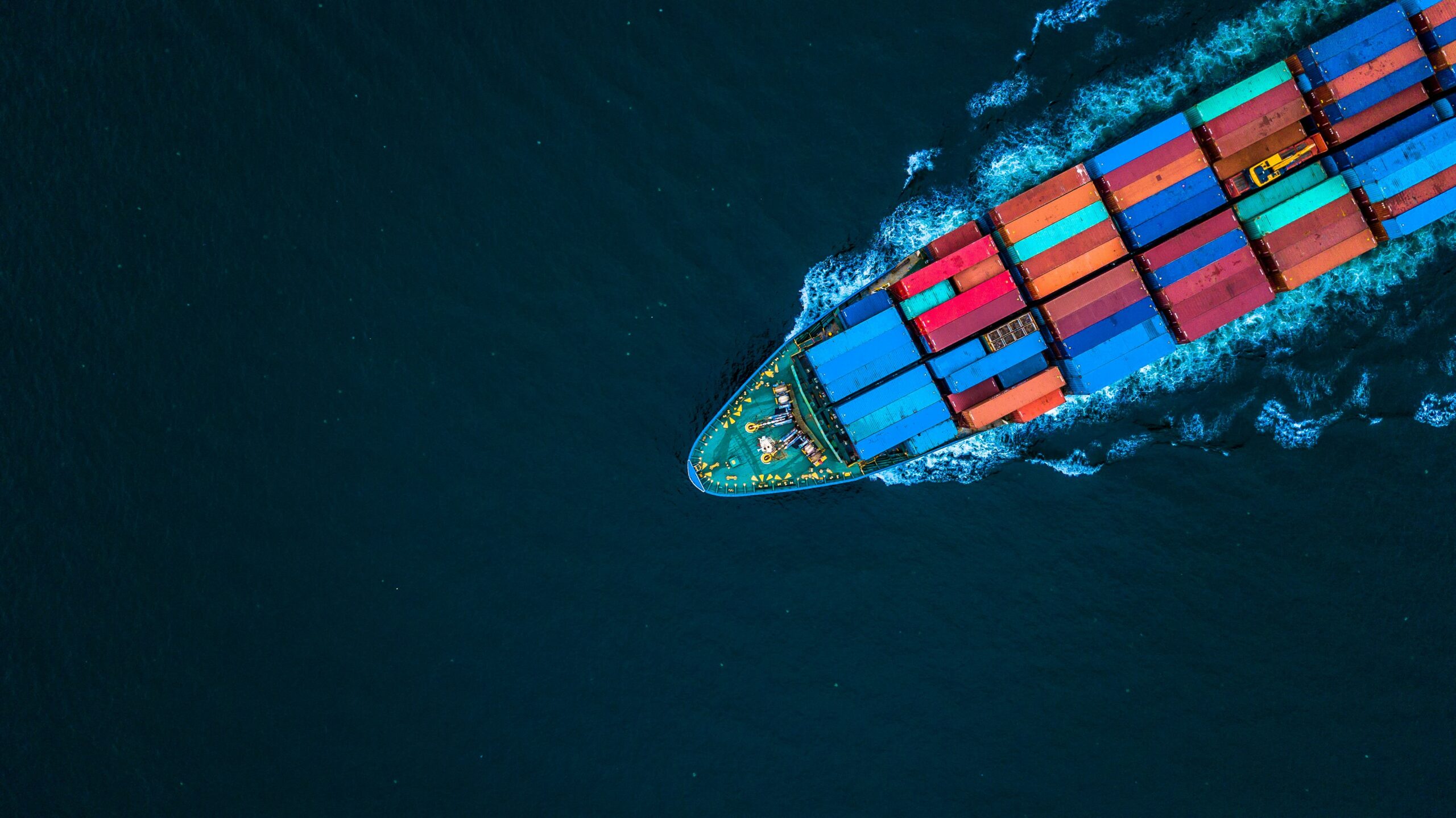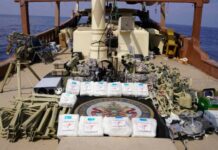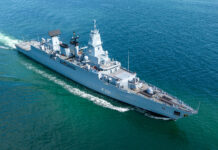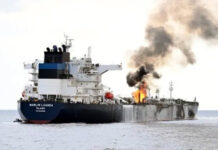The current Red Sea crisis is revealing the urgency of developing increased naval and commercial collaboration to maintain capacity in world trade, argues Charlotte Kleberg, a research assistant in the defence and security team at RAND Europe.
In mid-January 2024 the United States and United Kingdom carried out air strikes against the bases of Iran-backed Houthi militants in Yemen, who have been attacking ships in the Red Sea since mid-November 2023. Unlike previous threats in the area, the series of Houthi attacks on warships and commercial vessels has been seen by major shipping companies as an unacceptable level of danger and has caused severe disruption. Short-term military action might help with the immediate crisis, but routes will remain vulnerable unless the world recognises its exposure to threats and cooperates to defend them.
Global ramifications
Some 12% of the world’s trade passes through the Red Sea, with the Bab el-Mandeb strait as the critical chokepoint. Anything that interrupts shipping there has potential global ramifications. Because of the importance of the safe and timely passage of seagoing goods to the global economy, shipping continues to require naval protection.
The Houthi movement claims to selectively target Israeli vessels in the Red Sea owned by Israelis or bound for Israeli ports, but several vessels with no connection to Israel have been targeted, creating much uncertainty. Eighteen of the world’s major shipping companies have diverted their traffic to longer but less risky routes. Not only does this present logistical and financial challenges to the companies themselves, but, with more than 90% of global trade by volume transiting the oceans, over the longer term these routes mean significant cost, disruption and increased emissions.
If the situation continues, global tonnage capacity is likely to drop significantly. The result would be shortages, difficulties getting hold of goods and supplies, and impacts on economies. Crises like this remind us all how important safe shipping is to our economies and daily lives, but once things return to normal the world tends to forget.
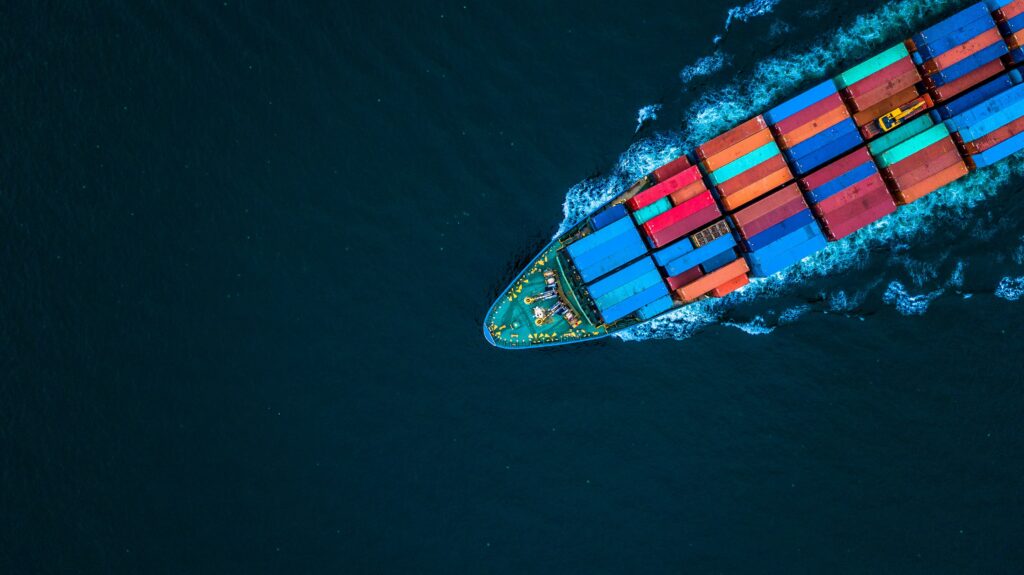
Military and commercial shipping could find effective ways of working together to anticipate and deal with any such disruptions. However, this will only happen if they understand the scale of the consequences that follow from commerce interdiction. Attempts were made to protect shipping from Houthi militants before the recent airstrikes, such as the US-led Operation ‘Prosperity Guardian’ and actions by allied naval vessels, but so far they have not been enough. While US and allied naval vessels have successfully shot down numerous Houthi missiles and bomb-laden unmanned aerial vehicles (UAVs) over the past month, they have failed to reduce the threat to a level deemed acceptable to most shipping lines.
While operating in the Red Sea region has always been considered a risk, it has largely been considered a tolerable one. Back when piracy represented the main danger, ship operators could largely suppress the threat to seafarers’ safety by placing armed security guards on their vessels. Now, however, attackers like the Houthis use weapons and methods that merchant vessels are not equipped to defend against, nor should they be expected to. The current Red Sea crisis is additionally more complex than piracy, with politics and escalation fears playing a role in decision-making. Moreover, due to the issue of ships’ flag states, naval task forces face uncertainty around what ships they can and cannot escort to safe waters. Many merchant ships sail under a ‘flag of convenience’, owned in one country and managed in another, often with a multi-national crew. When companies are assessing the level of risk posed to their vessels in the Red Sea, they also have to consider the possibility that they might not be eligible for escort.
Convoys: a stopgap solution
Some ships have been rerouted around the Cape of Good Hope, causing 10- to 12-day delays, but simply taking the long route around Africa is not a long-term solution. Container shipping giant Maersk attempted to resume traffic in the Red Sea in late December, only to suspend sailings again on New Year’s Eve until further notice after Houthi militants tried to board the container ship Maersk Hangzhou. Not only will costs mount as result of re-routing ships, but many shipping companies have ports of call in the Red Sea, while for some ship types capacity issues will follow from long-term rerouting. It is reported that the diversion is causing some carriers to reduce their capacity by up to 10%. Given that the global ‘roll-on/roll-off’ cargo fleet consists only of about 780 ships, the impact of such figures on tonnage capacity is immense. The seagoing trade system and shipping capacity is designed for normal operations on existing routes – and indeed depends on them. Because neither navies nor shipping companies have unlimited resources, military and commercial shipping must cooperate to safeguard capacity. This makes any changes beyond short-term diversions detrimental to global tonnage capacity.
In the shorter term shipping needs to have ‘safe enough’ conditions to resume normal traffic in the Red Sea, which means more protection. While not a perfect solution, one way to achieve an acceptable risk level is through organising convoys: a standard procedure during the world wars. Because the structure already exists in Suez Canal convoys, a similar system could potentially be coordinated, extended, and provided with the necessary naval protection before entering the Red Sea. Once in place, this structure could be activated and expanded as necessary to address some of the crew safety concerns held by the 18 major shipping companies.
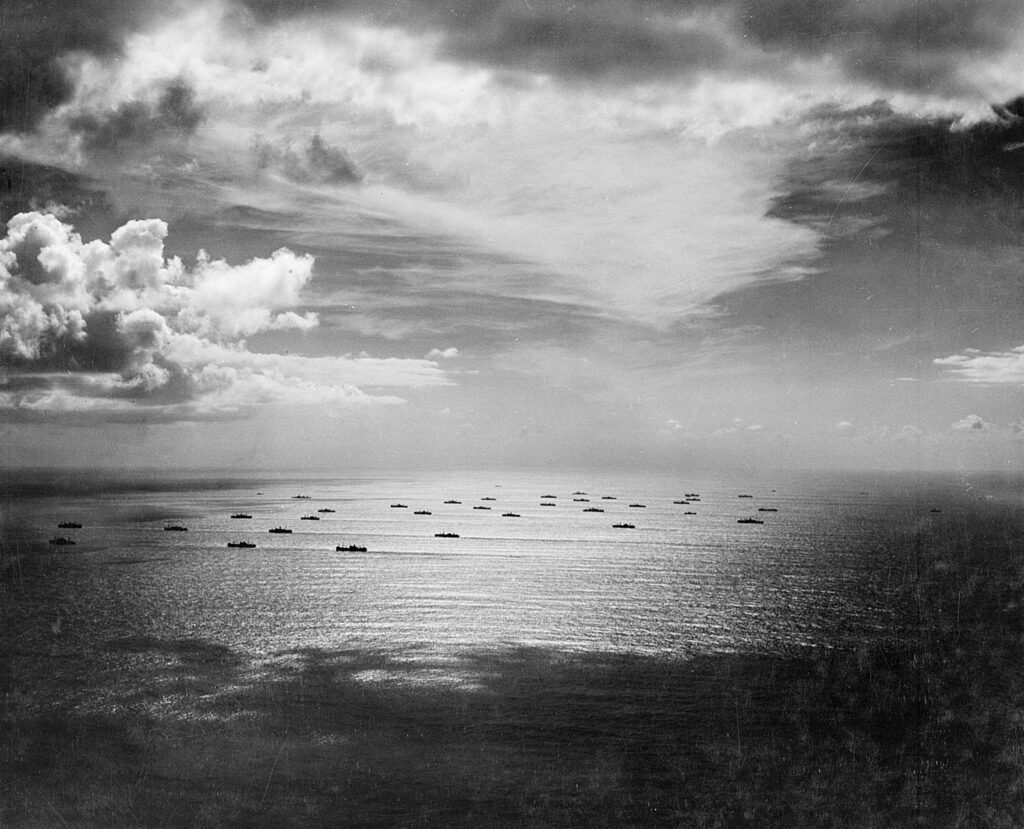
It is possible that low-risk cargo carried on high-volume ships could wait to be escorted safely as part of convoys, although this would depend on shippers being transparent about their vessels’ purpose, route and cargo. Smaller volumes of high-risk cargo are likely to demand a different type of protection. A valid criticism of large-scale convoys is that the range and lethality of modern weapons renders them ineffective, but this is less the case for smaller-scale efforts. Organising localised and coordinated convoys with targeted naval protection is not a complete solution, but could potentially represent a simple, practical way of offering the necessary guarantees and level of risk acceptable to shippers to resume the global seagoing trade upon which the world depends. In the face of the relatively simple methods and limited resources employed by the Houthi militants, the level of efficiency, safety and deterrence afforded by a convoy set-up should be considered.
Closer coordination
By exploring ways to effectively coordinate and develop the necessary structures in relation to ‘maritime flashpoints’ locally, it is more likely that significant disruption to trade can be avoided globally. The current crisis demonstrates the urgency of finding effective ways of collaborating, interacting, and defining the roles and responsibilities of the naval and merchant shipping sectors in ensuring shipping capacity. Organising and coordinating convoys to get normal shipping volumes back into transiting the Red Sea not only addresses the immediate risks posed to the safety of commercial shipping and their crews, but also provides a good starting point for naval/merchant marine cooperation going forward.
What the attacks in the Red Sea and the significant disruption caused to shipping show is the long-term need to have the necessary structures in place that can help create a system to guarantee – to the extent that is possible – freedom of navigation. This will depend on significant efforts on behalf of both merchant shipping and the world’s navies to better coordinate resources to ensure open and secure transport routes, find and develop the structures that can help limit disruption to shipping, and to not leave merchant vessels to fend for themselves.
While Western military action against the Houthis has now increased, the Red Sea crisis is sailing through opaque waters. We do not know what will happen next or what it will mean for global trade, but the vulnerability of one of the world’s most important maritime trade routes is not going away any time soon, nor is the need for naval protection. This crisis serves as a timely reminder why more attention should be given to joint naval and commercial national maritime defence planning to ensure shipping capacity.


